Part 1 of 2 Parts
The Hanford Nuclear reservation in Benton County, Washington is said to be one of the most radioactively contaminated installations in the World. The U.S. used the site to create weapons grade plutonium for the U.S. military. There are fifty-five million gallons of radioactive waste on the site. Currently there is an estimated timeline reaching into the 2080s for cleaning up the site.
There is a complex assembly including several state and federal agencies, private contractors, tens of thousands of workers, local residents, and advocates who are all invested in a colossal effort to clean up Hanford. It is estimated to be the largest nuclear cleanup project in the world.
The Hanford site is at a pivotal moment. It is set to finally transform the nuclear leftovers of a century past into glass that can be safely stored. This process is called vitrification. Last October, the first of two melters used to vitrify the waste were put into operation. The second melter is scheduled to launch this spring.
Nikolas Peterson is the executive director of Hanford Challenge, a nonprofit watchdog. He said, “They’re doing something out there that has never been done before. I think I have to constantly remind myself of that even when I’m critical of the facility.”
For staff at the Pacific Northwest National Laboratory (PNNL), who are developing and testing the glass formulations for immobilizing radioactive waste, this moment in time feels significant.
Tom Brouns is the lead of the environmental manager sector at PNNL. He has worked at Hanford for more than 30 years. He said, “It’s really exciting to see how far it’s come. It’s taking a long time but it’s so close.”
Vitrification is not a novel technology. The same process is used in making pottery. High heat is applied to a material that leads to metamorphosis of the original substance.
Researchers in France have studied the vitrification of nuclear waste since the 1950s. The country successfully built several facilities to tackle the cleanup of radioactive waste. Within this specialized industry, it’s considered one of the best methods to stabilize radioactive waste. It is expensive but it performs well over hundreds or thousands of years. Vitrification is an international standard when it comes to managing waste with high levels of radioactivity.
The process being developed to vitrify radioactive waste at Hanford is highly complex and involves multiple steps.
The process begins with a removal system that separates high-level waste that’s more toxic and radioactive from low-activity waste that is simpler to process and store. Separating the waste is critical to better management, treatment and disposal.
According to a 2023 report from the U.S. Government Accountability Office (GAO), about 95% of the waste in storage tanks is low-level waste when it comes to the physical volume. High-level waste only compromises about 5% of the volume but includes more than 70% of the radioactivity.
The low-level waste is pumped to a separate holding tank and is then pumped into another tank for mixing. Silica along with other additives are added to create the material that will ultimately be glass.
That mixture is pumped into melters which are giant three-hundred-ton devices that are the “heart” of the vitrification process. These generate heat at 2,100 degrees Fahrenheit and will create a molten substance over several days. This molten material is poured into stainless steel canisters where it eventually cools enough to become solid glass.
Brouns explained that “Glass is a superior matrix because the radio nuclei actually get trapped in the chemical matrix of the glass.”
Please read Part 2 next
Blog
-
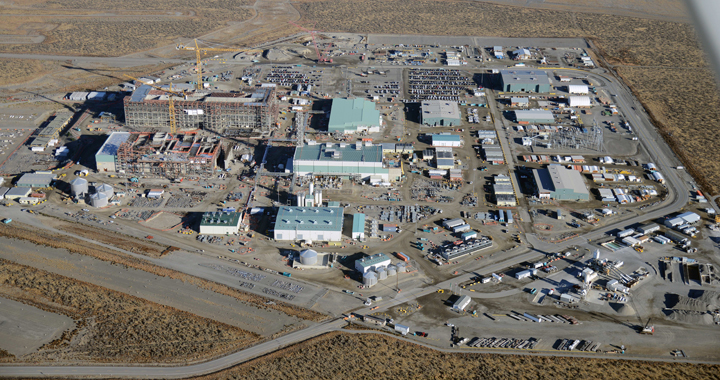
Radioactive Waste 924 – Hanford Vitrification Plant Will Be In Operation Soon – Part 1 of 2 Part
-
Nuclear News Roundup February 26, 2024
Canada to expedite approval of new nuclear projects, energy minister says ca.finance.yahoo.com
Putin says NATO is preparing to attack Russia – and warns aggression risks nuclear conflict news.sky.com
Signature House nuclear package to get a floor vote eenews.net
China urges largest nuclear states to negotiate a ‘no-first-use’ treaty reuters.com
-
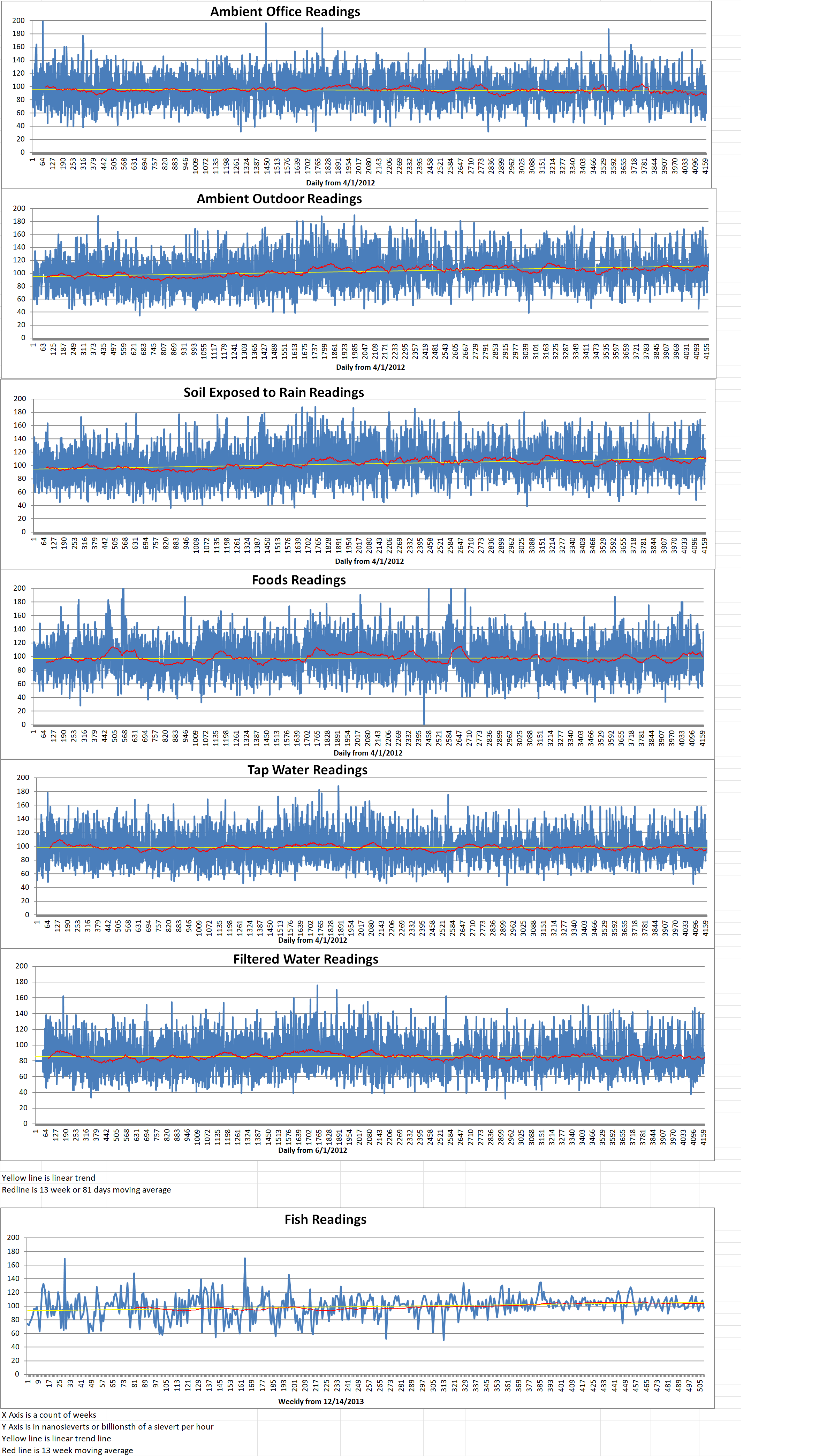
Geiger Readings for February 26, 2024
Ambient office = 101 nanosieverts per hour
Ambient outside = 129 nanosieverts per hour
Soil exposed to rain water = 122 nanosieverts per hour
Red bell pepper from Central Market = 136 nanosieverts per hour
Tap water = 108 nanosieverts per hour
Filter water = 91 nanosieverts per hour
-
Nuclear News Roundup February 25, 2024
State investigating potential air pollution from Pilgrim Nuclear capeandislands.org
Putin is preparing for nuclear war telegraph.com
Pantex open for normal operations after fires threatened nuclear weapons plant Amarillo.com
Putin’s nuclear threat over Ukraine ‘deplorable’, says UK foreign minister independent.co.uk
-
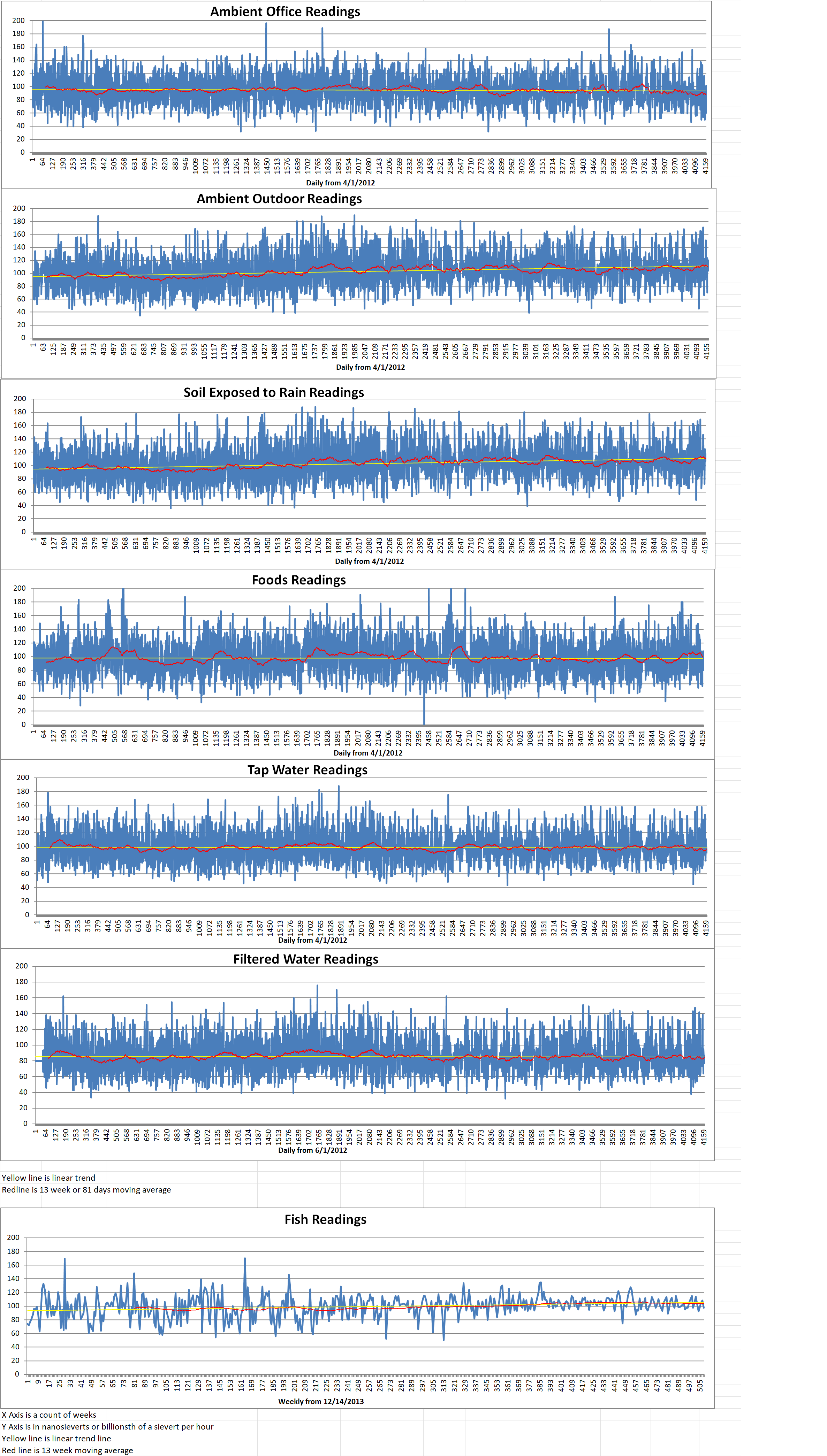
Geiger Readings for February 25, 2024
Ambient office = 102 nanosieverts per hour
Ambient outside = 107 nanosieverts per hour
Soil exposed to rain water = 108 nanosieverts per hour
Crimini mushroom from Central Market = 80 nanosieverts per hour
Tap water = 91 nanosieverts per hour
Filter water = 77 nanosieverts per hour
-
Nuclear News Roundup February 24, 2024
South Korea, US to Stage Annual Drills Focusing on Korea Nuclear Threats usnews.com
Nuclear Fuels presenting at Red Cloud, Metals Investor Forum Toronto and attending PDAC 2024 prnewswire.com
Wildfire grows into 2nd-largest in Texas history and briefly shuts down nuclear weapons facility duncanbanner.com
U.S. warns Russia against nuclear-capable anti-satellite weapon cbsnews.com
-
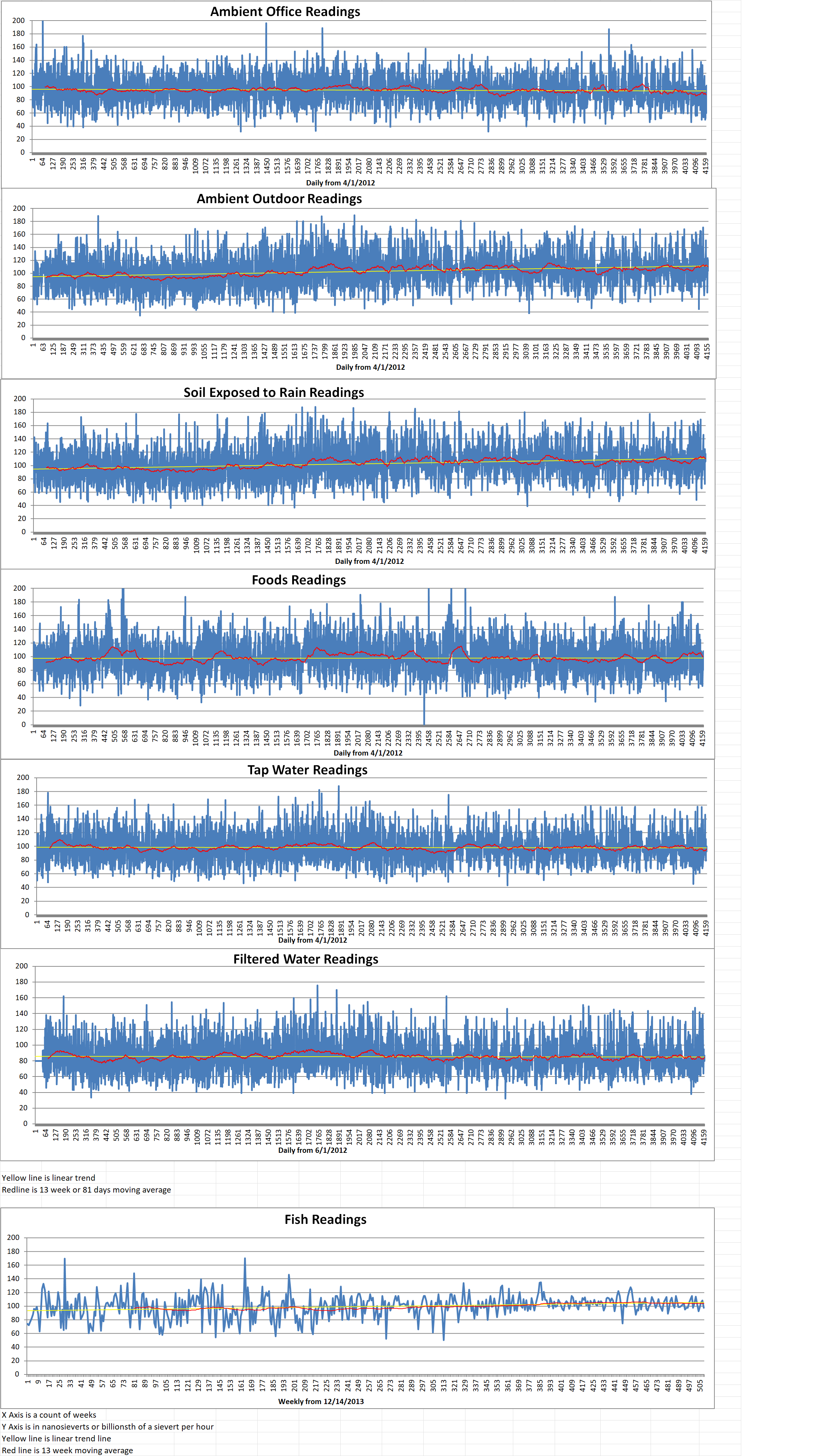
Geiger Readings for February 24, 2024
Ambient office = 102 nanosieverts per hour
Ambient outside = 104 nanosieverts per hour
Soil exposed to rain water = 107 nanosieverts per hour
Ginger root from Central Market = 108 nanosieverts per hour
Tap water = 93 nanosieverts per hour
Filter water = 81 nanosieverts per hour
Dover Sole from Central = 98 nanosieverts per hour
-

Nuclear Fusion 64 – Researchers At The Princeton Plasma Physics Laboratory Are Using Artificial Intelligence To Control Plasma Instabilities In Real Time
Scientists pursuing fusion energy say they have found a way to overcome one of their biggest challenges to date — by using artificial intelligence.
Nuclear fusion has for decades been promoted as a near-limitless source of clean energy. That would be a game-changing solution to the climate crisis. However, experts have only achieved and sustained fusion energy for a few seconds, and many obstacles remain, including instabilities in the highly complex process.
There are several ways to achieve fusion energy. The most common involves using hydrogen isotopes as an input fuel and raising temperatures and pressures to extraordinarily high levels in a donut-shaped machine, known as a tokamak, to create a plasma, a soup-like state of matter.
But that plasma has to be carefully controlled and is vulnerable to “tearing” and escaping the machine’s powerful magnetic fields that are designed to keep the plasma contained.
Last Wednesday, researchers from Princeton University and the Princeton Plasma Physics Laboratory (PPPL) published a report in the journal Nature that they had found a way to use artificial intelligence (AI) to forecast these potential instabilities and prevent them from happening in real time.
The team executed their experiments at the DIII-D National Fusion Facility in San Diego. They found that their AI controller could forecast potential plasma tearing up to 300 milliseconds in advance. Without that intervention, the fusion reaction would have ended suddenly.
A Princeton spokesperson said, “The experiments provide a foundation for using AI to solve a broad range of plasma instabilities, which have long hindered fusion energy.”
Egemen Kolemen is a professor of mechanical and aerospace engineering at Princeton University and an author of the study. He said that the findings are “definitely” a step forward for nuclear fusion.
Kolemen said in a recent interview, “This is one of the big roadblocks — disruptions — and you want any reactor to be operating 24/7 for years without any problem. And these types of disruption and instabilities would be very problematic, so developing solutions like this increase their confidence that we can run these machines without any issues.”
Fusion energy is the process that powers the sun and all the other stars, and scientists have been trying for decades to master it on Earth. It is achieved when two atoms are fused together, releasing huge amounts of energy. It’s the opposite of nuclear fission which relies on splitting atoms to generate heat. Nuclear fission is the current basis of nuclear power.
Scientists and engineers near the English city of Oxford recently set a new nuclear fusion energy record, sustaining 69 megajoules of fusion energy for five seconds, using just 0.2 milligrams of fuel. That would be sufficient to power roughly twelve thousand households.
However, that experiment still used more energy as input than it generated. Another team in California managed to produce a net amount of fusion energy in December 2022, in a process called “ignition.” They have replicated ignition three times since.
Despite the promising progress, fusion energy is a long way from becoming commercially available. Some analysts say that it will arrive too late to provide the pollution free energy needed to stave off worsening impacts of the climate crisis. Climate scientists say those pollution cuts are required this decade. -
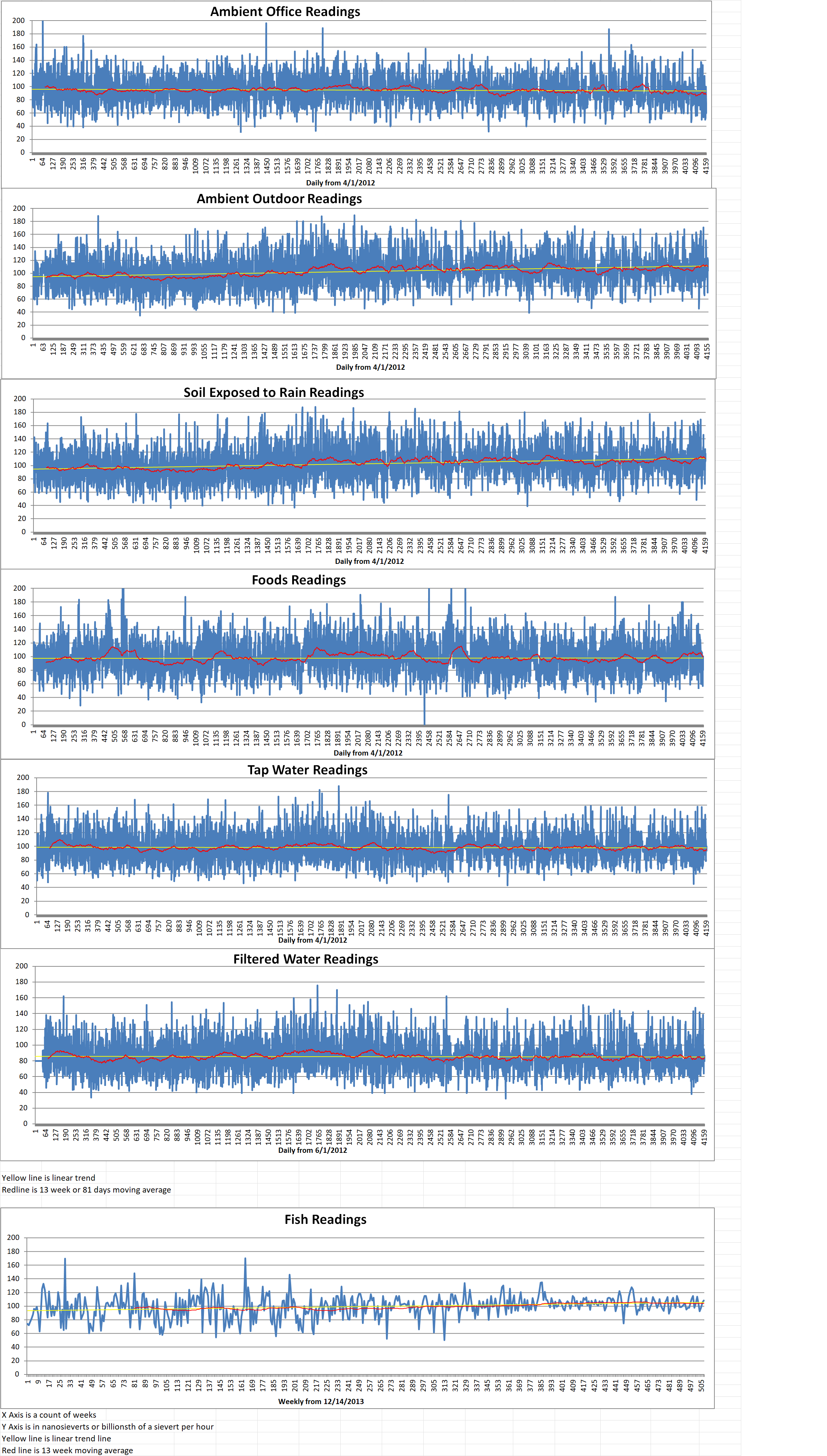
Geiger Readings for February 23, 2024
Ambient office = 74 nanosieverts per hour
Ambient outside = 120 nanosieverts per hour
Soil exposed to rain water = 117 nanosieverts per hour
Green onion from Central Market = 100 nanosieverts per hour
Tap water = 94 nanosieverts per hour
Filter water = 80 nanosieverts per hour
-
Nuclear News Roundup February 23, 2024
Why nuclear energy plan is key to Kenya’s sustainable growth vision energycentral.com
Type One Energy to build prototype nuclear fusion reactor in Tennessee power-technology.com
Sweden moves to lift uranium mining ban world-nuclear-news.org
BHP considers nuclear-powered cargo ships world-nuclear-news.org
